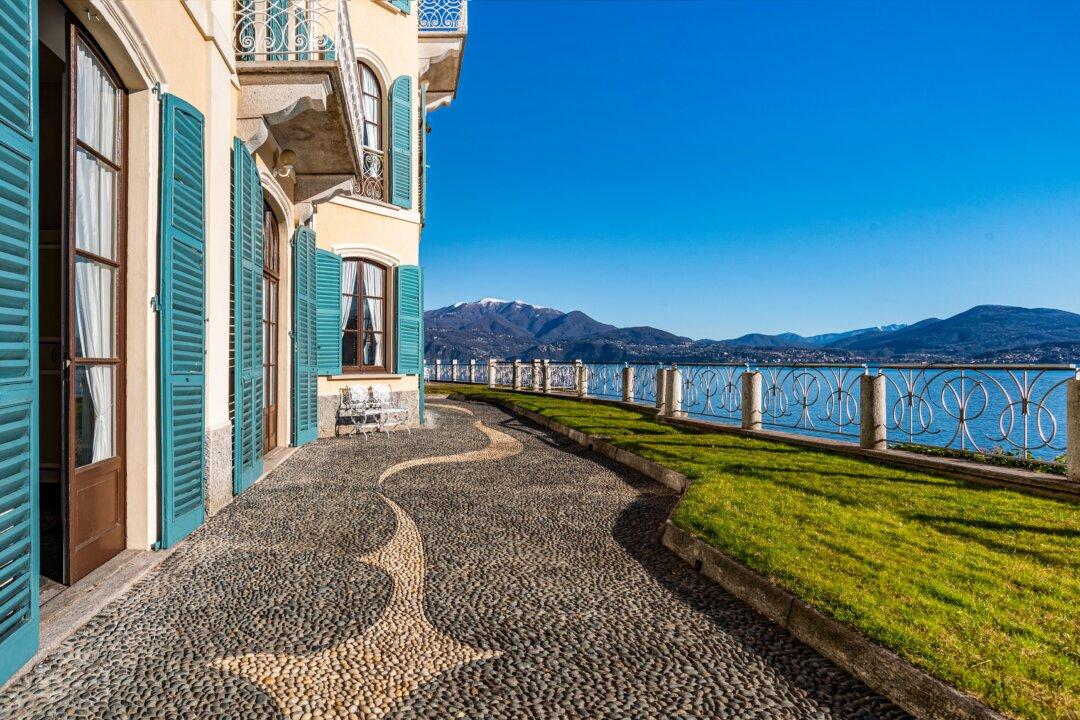Chocolate is the best-known food on earth. It is the stuff of childhood dreams, magic, fairy tales, it spells legends in the unspoken wonder of the first bite. In Latin, the name of the cocoa tree—Theobroma cacao—literally means “food of the gods.”
Europe will rock your chocolate world. Here are the best cities to satisfy your cravings for chocolate.





